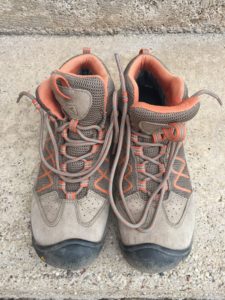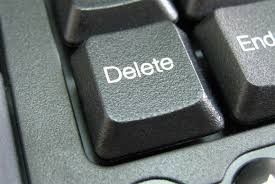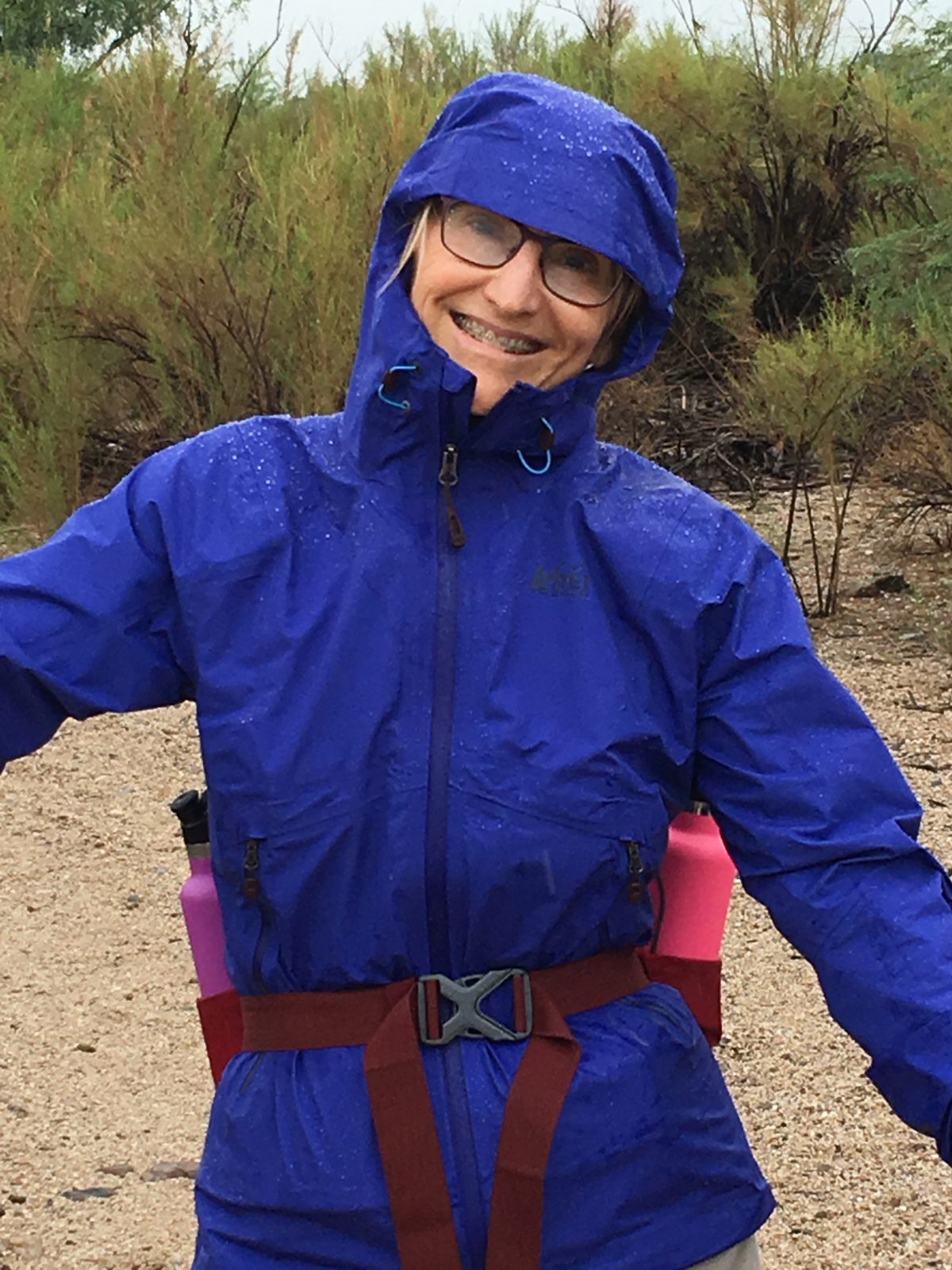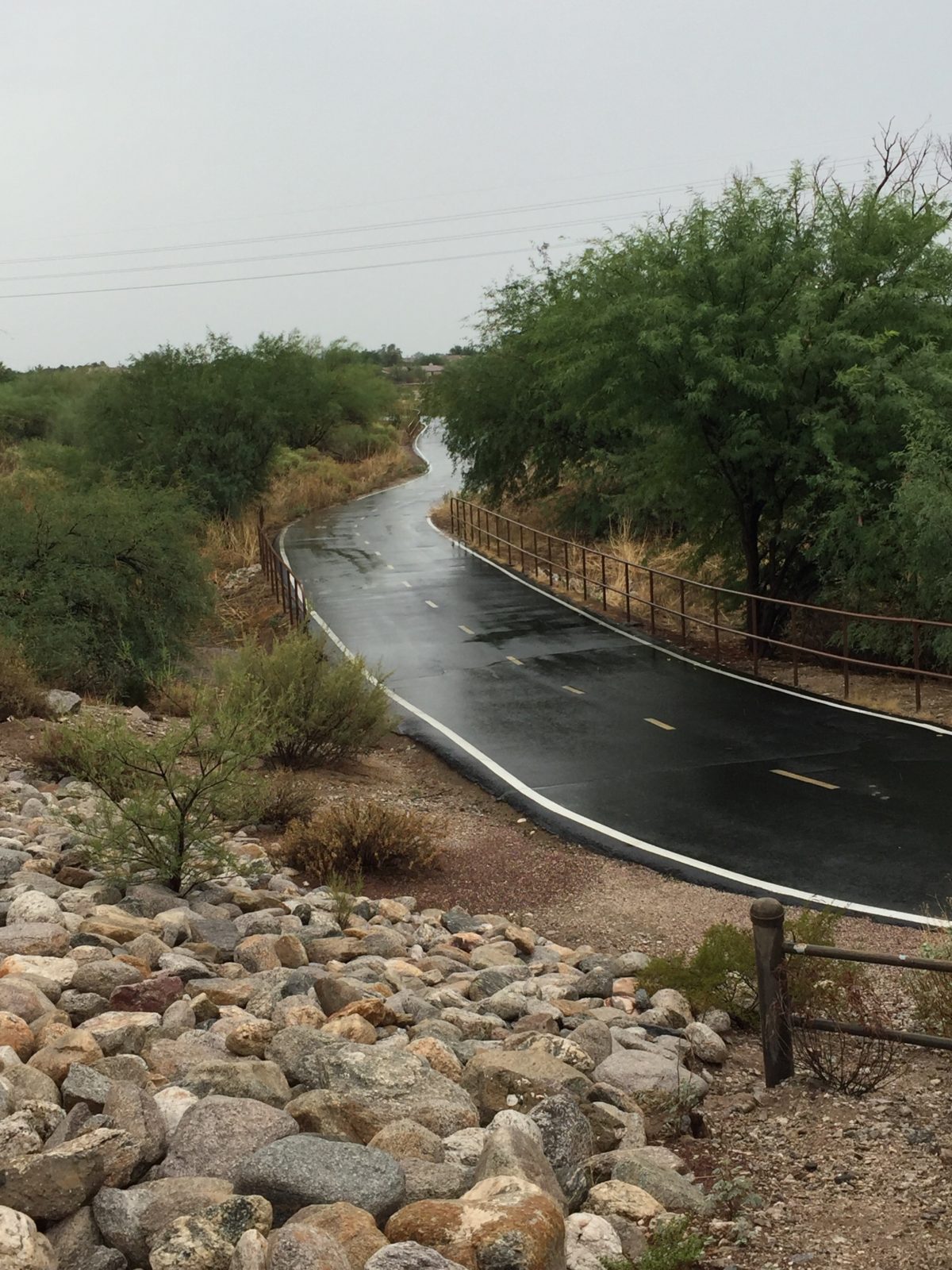Don’t you just hate it when you have to toss a pair of shoes you adore? You know, the ones you worked to break in, mold to your feet, and put some memorable miles on?
That’s what I’m going through right now. Giving up beloved hiking, road and trail shoes that have seen too many miles, too many trails, and too much asphalt and rocks to provide the support and comfort I need.
Out with the old—
 It started by my having to say goodbye to the KEEN hiking boots I purchased in the summer of 2013 to hike part of the Kalalau trail on Hawaii’s island of Kauai, listed as one of the top 10 most dangerous hikes in the United States. Even though I wasn’t a big hiker at the time, I put this on my bucket list, for several reasons.
It started by my having to say goodbye to the KEEN hiking boots I purchased in the summer of 2013 to hike part of the Kalalau trail on Hawaii’s island of Kauai, listed as one of the top 10 most dangerous hikes in the United States. Even though I wasn’t a big hiker at the time, I put this on my bucket list, for several reasons.
1) I wanted to get an up-close and personal look at the lush, dramatic Na Pali Coast, which is only accessible on foot or from a boat. I got tired of seeing it from Steven Spielberg’s aerial shots in all of the Jurassic Park movies. I wanted to walk where the T-Rex roamed.
2) I wanted to relive my childhood and take my husband and sons back into a Hawaii valley to get up close to some towering cliffs, experience the thrill of diving into a Hawaii waterfall pool, and swim behind a cascading waterfall. (Even though a lot of people paddle around directly under the falls, you really want to avoid doing that. Rocks from above can dislodge and crash into the water. And all of that gushing water can really pound your head.)
3) I really wanted to see if I had what it takes to make that kind of trek. Although we only went in and back 5 miles, (rather than the full 11 miles in and the 11 miles out), the return trip was grueling.
My hiking boots did me well on the Kalalau Trail! Crossed streams four times and got me safely (and comfortably) up and back. (At least the feet were comfortable. My knees ended up being an entirely different story on the grueling hike back out.) The boots have since carried me around the White Mountains of Arizona and the 9,000-foot mountain forty-five minutes north of our home here in Tucson, Arizona.
But I’m five years older, and in the last couple of years I’ve gained weight, which has caused my feet to fatten up and widen (a nasty side-effect of both gaining weight and growing old). Plus I have a left big toe injury that now makes those shoes too tight and miserable. Darn. I really love those shoes! (I love them and the memories I had wearing them so much that I’m going to use them as nostalgia décor in our mountain cabin!)
Bring on the New Hiking Shoes—
 So, last summer I went hunting for some new hiking boots and bought a new pair of KEEN’s. More flexible, wider toe box and a half-size larger, so my feet can spread out and swell without being bound up in the boot, and screaming at me by day’s end.
So, last summer I went hunting for some new hiking boots and bought a new pair of KEEN’s. More flexible, wider toe box and a half-size larger, so my feet can spread out and swell without being bound up in the boot, and screaming at me by day’s end.
And now those are eking to the end of their life too. Hiking the hard trails around here, the Cascades, and the Olympic Peninsula has worn them out. (In the last year I’ve become an enthusiastic hiker.) I need some boots that’ll go the distance for me on my upcoming pilgrimage.
 Darn! So I went down to REI again and bought yet another new pair of KEEN boots. (I wanted another pair of last year’s model, but REI no longer carried them. The nice sales guy did some research and directed me to KEEN’s website to purchase the old model, if I want.) But I picked up a pair of the new model from him and am about to break those in. (They’re still lounging in the box.)
Darn! So I went down to REI again and bought yet another new pair of KEEN boots. (I wanted another pair of last year’s model, but REI no longer carried them. The nice sales guy did some research and directed me to KEEN’s website to purchase the old model, if I want.) But I picked up a pair of the new model from him and am about to break those in. (They’re still lounging in the box.)

The same thing happened to my hot pink Altra trail shoes. My avid hiker son warned me the special nubby soles would get torn down tramping around on asphalt with them, but they were SO comfortable I couldn’t help myself. They got replaced by a brand new pair of Altra hot pinkies several months ago, and I’ve worn those once. (The old ones are now garden shoes.)

And the Altra road shoes I bought last month have already taken a beating. Daily road or treadmill mileage to prepare for the pilgrimage have worn down the toe treads so much I think I might need to replace those earlier than expected. It probably hasn’t helped those shoes that I’ve walked on both blacktop and gravel with them. Different surfaces require different treads.
Needing to make a decision—
The pilgrimage has a combination of surfaces, so I need to plan accordingly. But it’s going to be a tough call. I want to take two pairs of shoes—one hiking and one trail—but that means a lot of extra bulk and weight in my backpack that I can’t afford.
Breaking them in properly (and saving your feet)—
When breaking new shoes in, tread carefully (pun intended). You shouldn’t just thrust your foot in, lace them up and put in the same kind of daily mileage you did on your broken-in pair. It’s like getting used to contacts. The first day you have them in your eyeballs a couple of hours and then the next day work up one hour more. You continue doing that until you’ve reached your eight hours a day or more limit.
Same with shoes.
Insole savvy—
And one of the REI sales guys gave me a good tip. When breaking in your new shoes, he said to remove your insoles from your old pair and put them in the new shoes. Evidently it helps your foot accommodate better. I’m going to give it a go with the new Keens and let you know how it works.
And by the way, another way to breathe new life into your old shoes is by buying new, cushier insoles to put in them. That could give your shoes some additional mileage and your feet the relief they need until you can swing for (or find) that new pair!
Share your story!
Have any good hiking or walking shoes stories? I’d love to hear them! Just drop a comment on the “Leave a comment” page to share them with us.

More on the Kalalau Trail—
The Kalalau Trail is currently closed due to flood damage, with reports that it will be closed for at least a year, but you can read more about the famous, breathtaking trail here.
Find some great Kalalau Trail maps and trail info here.
NEXT WEEK: Keeping your precious feet in shape for going the extra mile on that trail or path!
Until then,
Have fun breaking in those shoes!
Blessings,
Andrea
May you prosper in all things and be in health, just as your soul prospers (3 John 2).
Kalalau Trail picture by kalalautrail.com




